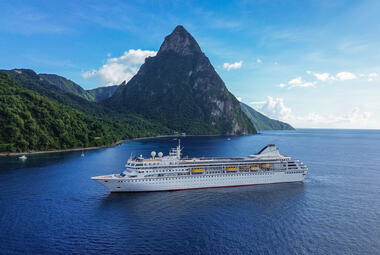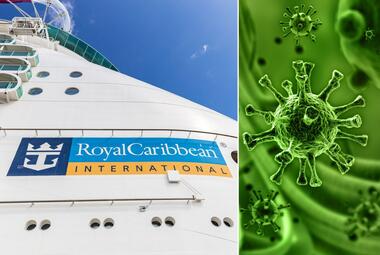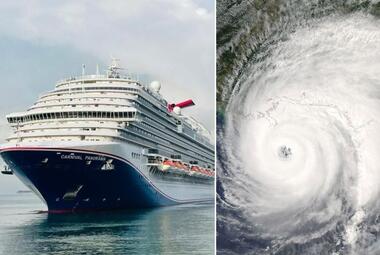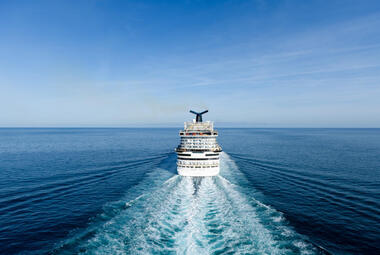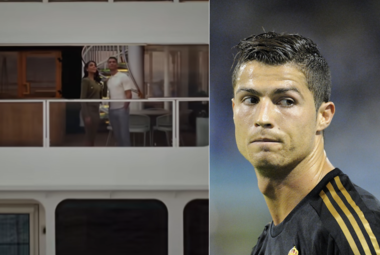The chair of the U.S. House of Representatives' Coast Guard and Maritime Transportation subcommittee has requested information from the U.S. Centers for Disease Control and Prevention amid allegations that the White House interfered with the extension of the CDC's no-sail order.
The order, which originally was issued on March 14 and bans foreign-flagged vessels of 250 passengers or more from sailing in U.S. waters, has been extended three times. The latest extension, which expires October 31, came at the eleventh hour on the day the previous extension was set to end. The decision followed media reports that the CDC wanted to push the ban into February 2021 but caved under pressure from the Trump Administration.
"...I am worried about impairments to the independence of the CDC's science-based and unbiased public health advice based on reported interference from the White House and political leadership at the U.S. Department of Health and Human Services (HHS) as well as pressure from the cruise line industry," subcommittee chair Rep. Sean Patrick Maloney (D-NY) wrote in a letter sent to CDC Director Robert Redfield on October 13.
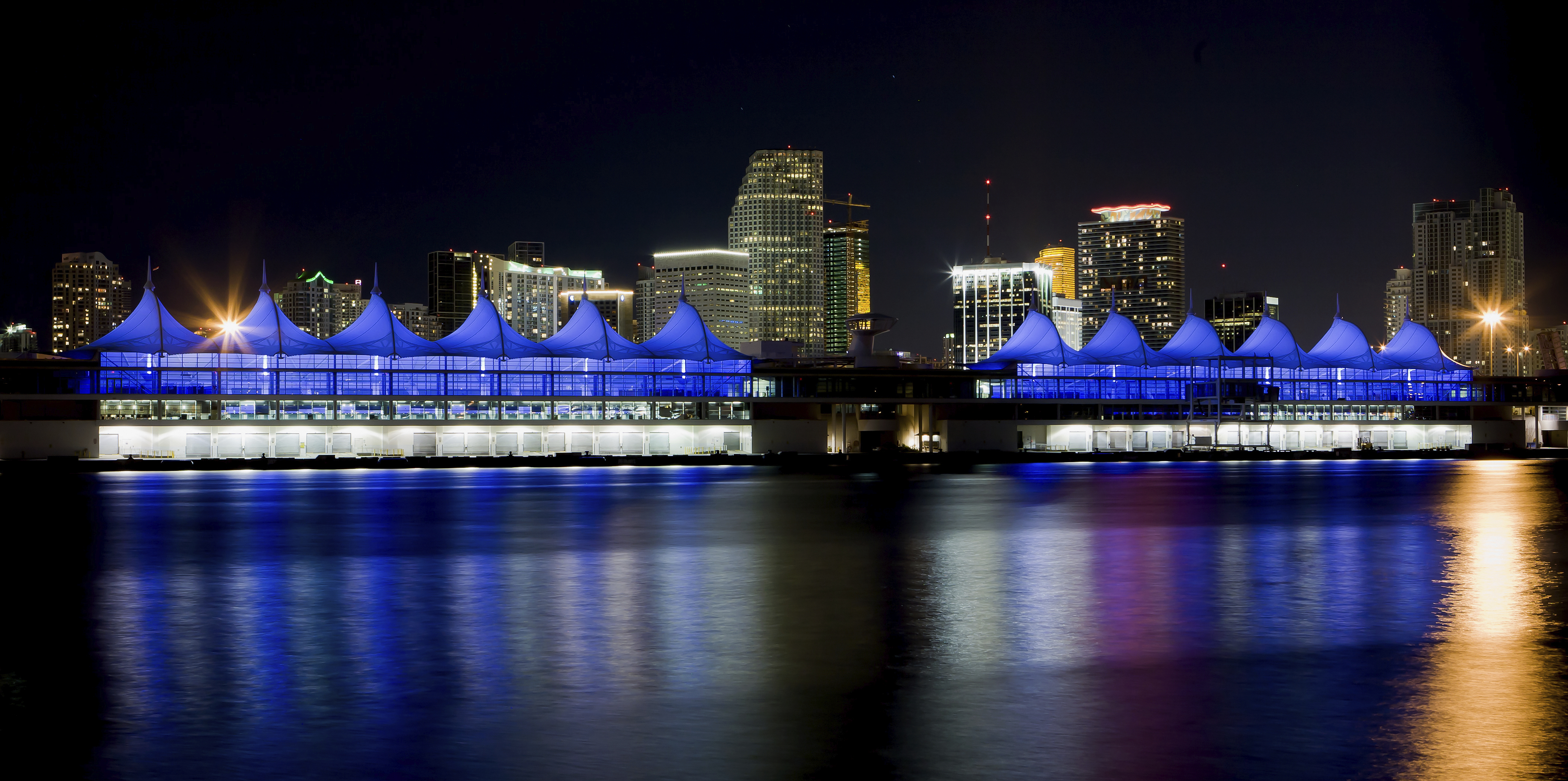
In May, the subcommittee began gathering information from the CDC and Carnival Corporation & plc after Princess Cruises and Holland America Line, both Carnival Corp. brands, experienced high-profile outbreaks that sickened hundreds of passengers and crew.
"These ships shouldn't leave port until we know passengers and crew will be safe..." Maloney said, noting that, in the last week alone, there have been 346,000 new coronavirus cases in the U.S.
The White House has been working closely with the CDC and cruise lines to develop policies that would allow voyages to resume while lowering the risk of virus transmission among travelers. On March 7, before the no-sail order was put in place, the Cruise Lines International Association met with the White House Coronavirus Task Force, chaired by Vice President Mike Pence, to discuss issues facing the industry following the onboard outbreaks.
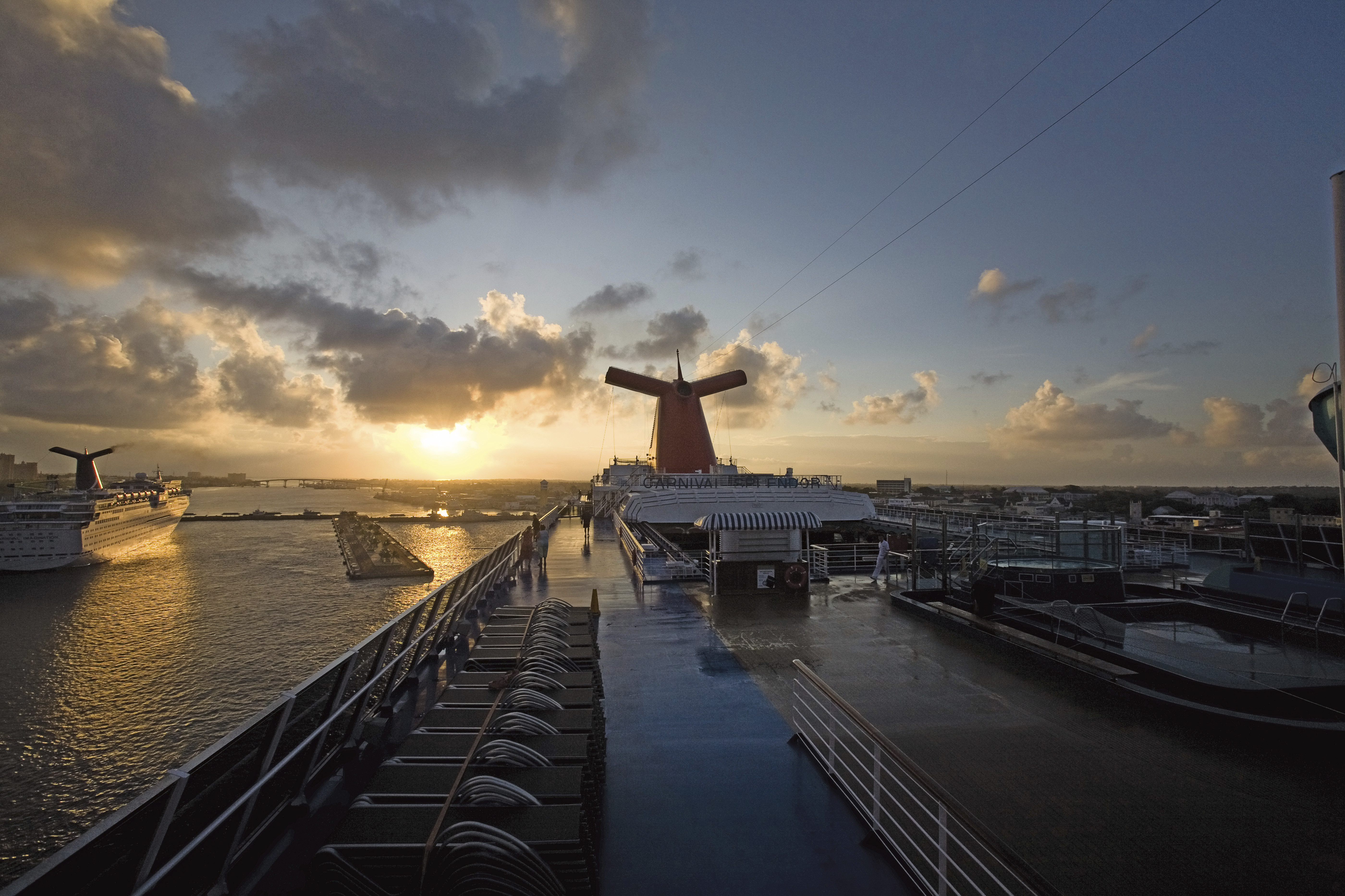
To address concerns about the resumption of sailings, cruise lines have since joined forces to come up with 74 recommendations that aim to ensure the safety of passengers and crew onboard. Proposed protocols include reduced capacity, air filtration, increased medical staff and supplies, mask wearing, social distancing, virtual muster drills, shore excursions that keep passengers in a bubble and contingency plans to be used in the event an evacuation is needed.
Most notably, all Cruise Lines International Association member lines have committed to 100 percent testing of all passengers and crew prior to embarkation.
CEOs from the cruise industry's largest lines were slated to meet with the task force again on October 2, but the meeting was canceled after President Donald Trump tested positive for coronavirus. The goal of the meeting, which instead took place on October 9, was to provide President Trump with further information needed to determine an appropriate end date for the no-sail order.





